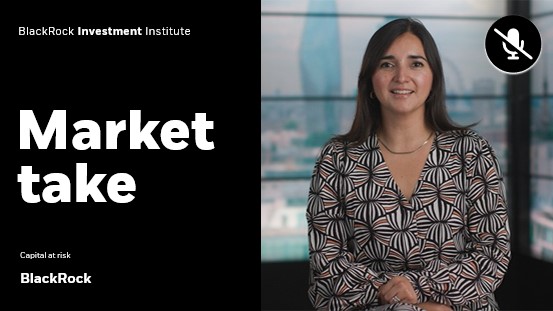Market insights and trends
Our global team of investment experts work around the clock to generate proprietary research and insights on the global economy, markets, geopolitics, and long-term asset allocation – all to help you navigate the financial markets, whether you’re a professional investor or just beginning.











